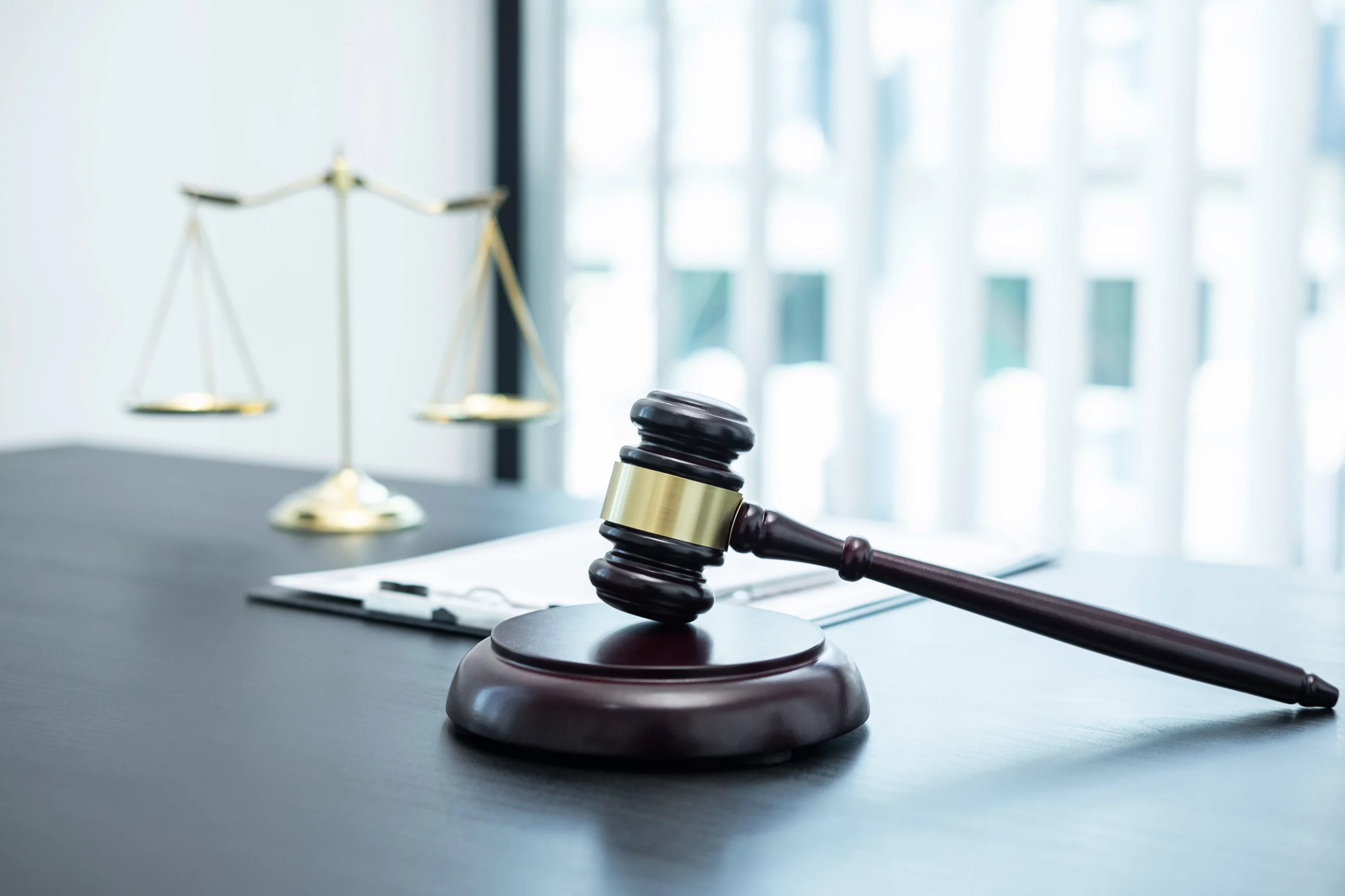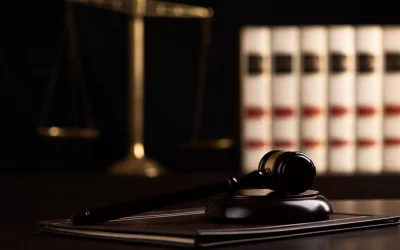What is the Legal Standard to Make a Personal Injury Claim?
If you were seriously injured in an accident due to another person’s carelessness, you might be entitled to compensation for your injuries and losses. Most injury lawsuits or claims arise from instances involving unintentional injure. A victim is damaged due to the acts or omissions of another person. An car accident, a faulty product accident, or a slip and fall accident are just a few examples.
However, before a sufferer may be compensated for their pain and suffering, they must show that another person was to blame for their injuries and the costs that followed. This is usually accomplished by demonstrating that the wrongdoer was careless.
While it may seem that demonstrating negligence is an easy undertaking, this is far from the case. Before a case of negligence may be examined, victims must frequently show several legal conditions.
This article was written to help you understand what constitutes a prima facie case of carelessness. We intend to give you some basic information on negligence claims, such as what they are, what evidence is necessary to file a successful claim, and how an expert personal injury lawyer may assist you in getting the compensation and justice you deserve.
WHAT IS NEGLIGENCE, EXACTLY?
Negligence is defined as a failure to act with the same or comparable care that a reasonable person would have used in the same or similar circumstances. When there is an obligation to act, negligent conduct normally consists of acts, but may also consist of omissions.
When determining whether or whether a person’s actions are negligent, your lawyer must show:
The offender owed the victim (or the plaintiff) a legal responsibility; The wrongdoer broke this legal duty; and
Plaintiff was injured as a consequence of the violation.
The Plaintiff was injured as a result of the wrongdoer’s violation (often shown through proximate cause)
How can you know whether you have a legal obligation?
In most negligence cases, the first stage determines whether the perpetrator owes the Plaintiff a legal responsibility.
People—and companies—usually have two sorts of responsibilities:
A UNIQUE OBLIGATION OF CARE
This responsibility is often imposed by case law or legislation, or the Plaintiff has come to depend on the assumption of that duty by a party. Take, for example, the specific Food and Medicine Act, which mandates that drug labels provide a list of all probable negative effects. When a drug company violates this law, it may violate its duty of care.
A GENERAL DUTY OF CAR
This is a legal requirement put on an individual to behave in the same or comparable circumstances as an average prudent person would. For example, to establish negligence after a car accident, you must assess whether a reasonable person would have behaved in the same or comparable circumstances as the offender.
The court will typically look at the connection between the offender and the Plaintiff to determine whether the Plaintiff is owed a specific responsibility or a general duty of care.
HOW DO YOU PROVE THAT SOMEONE HAS BROKEN THEIR DUTY OF CARE?
The Plaintiff must next prove how the offender broke this duty of care or failed to act according to the applicable standard after determining the appropriate duty of care. This is usually demonstrated by demonstrating the required level of care and how the wrongdoer’s conduct fell short.
When a court seeks to figure out if there was a violation of the duty of care, they look to see whether the wrongdoer could foresee the possibility of injury to the Plaintiff and if they failed to prevent it.
They could also think about if there were any choices that might have averted the Plaintiff’s injury or injuries (such as whether the wrongful party could have taken other actions or used less dangerous materials.)
The court will consider whether these safer alternatives were financially feasible or accessible to the offender and if they would have entailed a considerable hardship on their behalf.
STRICT LIABILITY INSURANCE
Based on certain features and causes, it might be assumed that there was a violation of the duty of care in specific scenarios. What precisely does this imply? Assume that a state bears strict accountability for unusually injureful behaviors. If a person is injured due to this risky
action, the responsible party is deemed to have broken their duty of care and may be held accountable. Consequently, Plaintiff does not have to prove that the offender broke their duty of care to get compensation for their injuries and losses.
DEMONSTRATING THAT PLAINTIFF WAS INJURED
Proving that Plaintiff was injured is the next stage in a negligence action. These injuries often entail physical injury and damage to real or personal property.
Even though physical injury may involve a variety of sorts of injure, the following are the most prevalent instances of bodily injure that are often referenced in negligence cases:
Head and neck injuries Traumatic brain injuries Spinal cord damages Soft tissue injuries Deep lacerations Broken or broken bones Serious burns
Back injuries
An unpleasant physical condition such as a heart attack or cancer Post-traumatic stress disorder (PTSD)
Wrongful death
demonstrating that Plaintiff’s losses and injuries were caused by the breach of duty
Proving that a plaintiff was injured is insufficient to establish that the offender was to blame for the Plaintiff’s accident and damage. The plaintiff must also show that the wrongdoer’s breach of duty caused their injuries to pursue a prima facie negligence case.
To show this breach of duty, there are two sorts of causation that must be addressed. They are as follows:
CAUSE-IN-FACT OR ACTUAL CAUSE
The cause-in-fact notion is a simple one that entails the Plaintiff demonstrating that the wrongdoer’s activities were the real cause of their damage. The but-for test is used to determine the true reason. For example, if a driver ran a stop sign and collided with a
motorbike, the but-for test would declare that “the motorcyclist would not have suffered brain injury if it had not been for the motorist running the stop sign.”
PROXIMATE CAUSE OR LEGAL CAUSE
Legal or proximate cause, on the other hand, is concerned with foreseeability and whether the Plaintiff’s damage was foreseeable as a consequence of the wrongdoer’s conduct and behavior.
For example, if a person chose to drink and drive then kills another driver, it may have been expected that death would occur when the person got behind the wheel while intoxicated.
However, suppose a drunk driver collided with a truck carrying dangerous materials, causing an explosion that wounded a motorist a long distance away. In that case, it’s improbable that the explosive disaster was caused by drunk driving.
Simply put, Plaintiff must establish that the at-fault party’s conduct set in motion a very short sequence of events that might have reasonably been anticipated to result in their injury and damages when proving proximate causation.
UNDERSTANDING DAMAGES AND COLLECTING COMPENSATION IS THE PLAINTIFF DESERVING OF COMPENSATION?
The plaintiff must establish that they experienced substantial damages and losses due to the wrongdoer’s conduct in the last aspect of a negligence case, which is damages. These damages often relate to monetary compensation for the Plaintiff’s injure and property repairs, lost earnings, and medical treatment.
DAMAGES OF VARIOUS KINDS
You may be entitled to some sort of compensation if you can prove that another person caused your injury as a result of their irresponsible acts. In general, this compensation consists of the following:
Damages to the economy or society:
- Medical expenses, including past, current, and future medical bills such as physician visits, hospital stays, surgeries, and prescription medications
- Lost wages
- Lost earning capacity Personal property damages At-home nursing care
- Rehabilitative therapy, including occupational and physical therapy
- Other out-of-pocket expenses
- Damages that aren’t monetary, such as non-economic or exceptional damages: These damages often involve intangible losses that are difficult to measure. They might include:
- Pain and suffering Mental distress Disfigurement Loss of friendship Loss of consortium
- Loss of pleasure of life Loss of repute Scarring
PUNITIVE DAMAGES
Punitive damages, in contrast to other compensatory damages (special and general damages), which reimburse the sufferer for their losses, punish the wrongdoer for their egregious conduct, and seek to prevent them and others from repeating them in the future. In Colorado, however, punitive damages are only granted in extreme circumstances, such as where the Plaintiff establishes with clear and persuasive evidence that the wrongful party’s loss was caused by malice, fraud, or gross carelessness, rather than ordinary negligence or ill faith.
NEGLIGENCE CLAIMS OF VARIOUS TYPES
Unfortunately, negligence charges may entail many events, behaviors, and accidents.
Some of the most prevalent types of negligence claims are car accidents, truck accidents, motorcycle collisions, workplace accidents, defective product accidents, medical malpractice events, premises liability accidents, and elder neglect.
It might be difficult to ascertain if another person’s carelessness caused your injuries if you were injured in an accident. Fortunately, you won’t have to figure this out on your own if you deal with an expert personal injury lawyer. These attorneys can quickly figure out what occurred, who was to blame, and if you have a plausible negligence case.
DO YOU REQUIRE THE ASSISTANCE OF A PERSONAL INJURY ATTORNEY FOR YOUR NEGLIGENCE CLAIM?
To launch a successful negligence lawsuit, you must not only have a solid awareness of the relevant negligence laws, but you must also give good legal arguments and evidence to show the various aspects of carelessness. As a result, the whole procedure may be confusing and
time-consuming without a competent personal injury lawyer on your side. You don’t have to fight this complicated legal battle alone if you deal with a reputable and competent injury lawyer.
An injury accident lawyer can help you with these difficult negligence claims while also:
providing you with legal guidance, evaluating your prospective claims, and discuss your legal choices.
Addressing all of your issues and inquiries and providing you with the necessary assistance.
Conducting a comprehensive investigation into the occurrence and assembling the strongest possible claim by acquiring the evidence needed to establish guilt and damages.
Managing all conversations and discussions with the opposing party and the insurance company on your behalf, as well as demanding proper compensation.
Bringing in professionals to back up your allegations, such as economists, surgeons, engineers, and accident reconstructionists.
Taking your case to trial if the opposing party refuses to reach a fair settlement and working tirelessly to bring your claim to a victorious conclusion.
If you or a family member has been seriously injured due to someone else’s negligence, don’t delay to seek legal help. For a free case consultation, contact an expert personal injury lawyer now.










